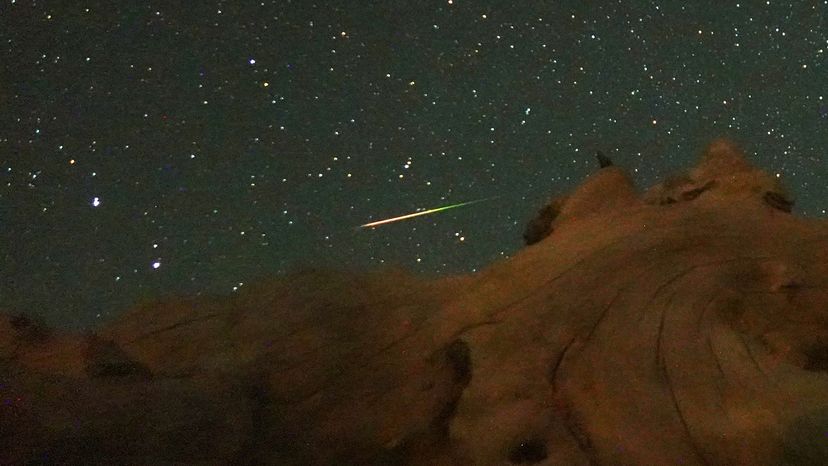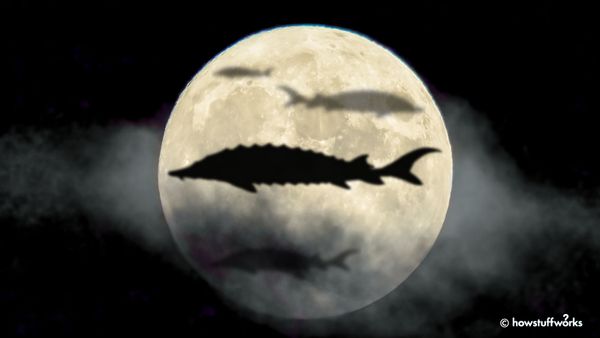
For casual and die-hard astronomers alike, the middle of August means the return of the ever-popular Perseid meteor shower. It's one of the best opportunities of the year for a celestial show, as the Perseids are known for producing dramatic meteors and even fireballs (large explosions of light and color) at the highest frequency of the year.
The Perseid meteor shower begins in mid-July and runs through late August, but this year the peak rates are expected to occur in the predawn hours of Friday, Aug. 12, though nights on either side of that date should also offer good viewing opportunities. This year's shower won't be as vivid as last year's, because there will be competition from a full moon lighting up the sky. Years without moonlight produce higher rates of meteors per hour, according to Space.com.
Advertisement
Since the Perseids occur during summertime in the Northern Hemisphere, those who live north of the equator won't have to battle chilly early morning temperatures to catch a glimpse of the spectacle. While some meteors may appear visible beginning around 10 p.m., the peak viewing opportunity coincides with peak darkness — the predawn hours generally between 12 a.m. and 5 a.m. Experts also recommend trying to get as far away from city lights as possible, to cut down on light pollution, maximize darkness and spot up to 100 meteors per hour, or even more.
Is there a best place in the night sky to focus your gaze? The radiant point of the shower, which is the spot where the meteors tend to originate, is in the constellation Perseus. As with other meteor showers like the Leonids and the Orionids, the annual phenomenon takes its name from its constellation of apparent origin. But you don't need to stare at Perseus to spot meteors — in fact, it's better to sweep your eyes across the sky and let your more light-sensitive peripheral vision do the heavy lifting.

And while they take his name, the meteors don't actually come from the stars in the Perseus constellation, which are hundreds of light-years away. Annual meteor showers are created when Earth's orbit around the sun intersects with the wake of a comet's orbit, and debris thrown off from the tail hits our atmosphere and burns up upon entry.
The comet whose tail creates the Perseus shower is called 109P/Swift-Tuttle, and is named after the U.S. astronomers Lewis Swift and Horace Tuttle, who discovered it in 1862. Three years later, an Italian astronomer Giovanni Schiaparelli identified the comet as the origin of the Perseid meteor shower. Swift-Tuttle orbits the sun once every 133 years, but Earth still passes through the debris field it has left behind — its last visit to the inner solar system we all call home was in 1992. While it's unlikely anyone living today will ever see this comet when it returns in 2126, we can still witness its effect on the solar system, and our planet, with the annual Perseid meteor shower.
Advertisement
